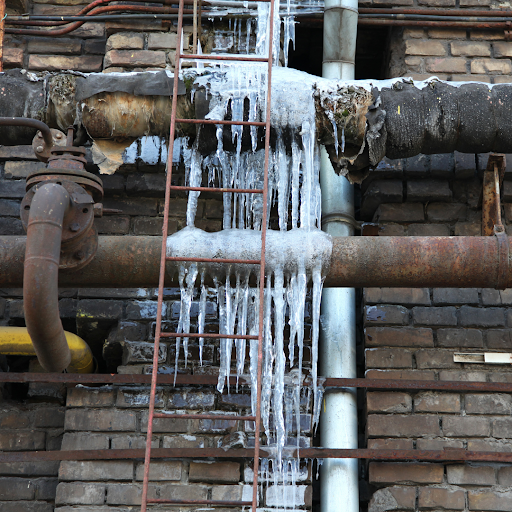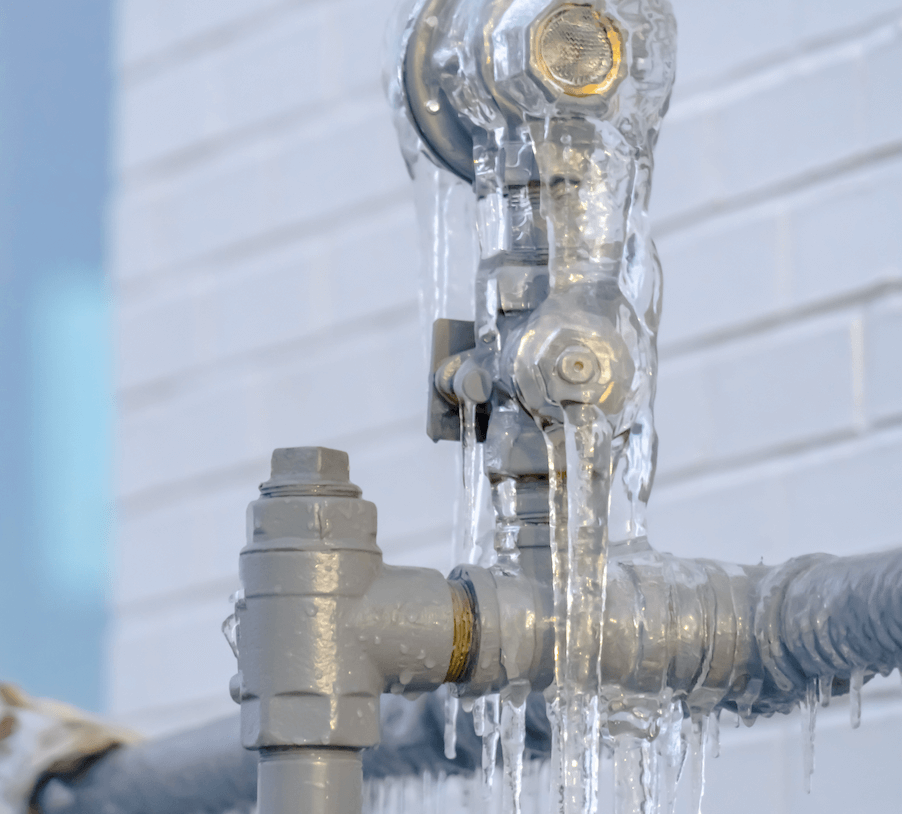Nearly everybody will have their personal idea about How to prepare your home plumbing for winter weather.

Winter can wreak havoc on your plumbing, specifically by freezing pipelines. Here's just how to avoid it from occurring and what to do if it does.
Intro
As temperature levels decrease, the threat of frozen pipelines rises, potentially causing pricey repair services and water damages. Comprehending exactly how to avoid frozen pipes is crucial for home owners in cold climates.
Understanding Icy Pipelines
What creates pipes to freeze?
Pipes freeze when revealed to temperature levels listed below 32 ° F (0 ° C) for expanded durations. As water inside the pipes ices up, it expands, putting pressure on the pipe walls and potentially triggering them to break.
Risks and problems
Frozen pipelines can result in water system interruptions, property damage, and costly fixings. Burst pipes can flood homes and create substantial architectural damage.
Signs of Frozen Water Lines
Recognizing frozen pipelines early can avoid them from rupturing.
Just how to identify frozen pipes
Look for decreased water flow from faucets, uncommon odors or sounds from pipelines, and noticeable frost on exposed pipelines.
Avoidance Tips
Protecting susceptible pipelines
Cover pipes in insulation sleeves or utilize warmth tape to shield them from freezing temperatures. Focus on pipes in unheated or external areas of the home.
Heating methods
Maintain indoor spaces adequately heated up, especially areas with pipes. Open cupboard doors to enable cozy air to distribute around pipelines under sinks.
Protecting Outside Pipes
Garden pipes and outside taps
Disconnect and drain pipes garden tubes prior to winter months. Mount frost-proof faucets or cover exterior taps with protected caps.
What to Do If Your Pipelines Freeze
Immediate activities to take
If you presume frozen pipes, keep faucets open up to soothe stress as the ice melts. Make use of a hairdryer or towels soaked in warm water to thaw pipelines gradually.
Long-Term Solutions
Architectural changes
Consider rerouting pipelines away from exterior walls or unheated locations. Include added insulation to attics, cellars, and crawl spaces.
Updating insulation
Purchase premium insulation for pipelines, attics, and walls. Correct insulation aids keep regular temperatures and minimizes the threat of icy pipelines.
Final thought
Avoiding frozen pipelines requires positive procedures and quick reactions. By comprehending the reasons, indicators, and preventive measures, homeowners can shield their plumbing during cold weather.
5 Ways to Prevent Frozen Pipes
Drain Outdoor Faucets and Disconnect Hoses
First, close the shut-off valve that controls the flow of water in the pipe to your outdoor faucet. Then, head outside to disconnect and drain your hose and open the outdoor faucet to allow the water to completely drain out of the line. Turn off the faucet when done. Finally, head back to the shut-off valve and drain the remaining water inside the pipe into a bucket or container. Additionally, if you have a home irrigation system, you should consider hiring an expert to clear the system of water each year.
Insulate Pipes
One of the best and most cost-effective methods for preventing frozen water pipes is to wrap your pipes with insulation. This is especially important for areas in your home that aren’t exposed to heat, such as an attic. We suggest using foam sleeves, which can typically be found at your local hardware store.
Keep Heat Running at 65
Your pipes are located inside your walls, and the temperature there is much colder than the rest of the house. To prevent your pipes from freezing, The Insurance Information Institute suggests that you keep your home heated to at least 65 degrees, even when traveling. You may want to invest in smart devices that can keep an eye on the temperature in your home while you’re away.
Leave Water Dripping
Moving water — even a small trickle — can prevent ice from forming inside your pipes. When freezing temps are imminent, start a drip of water from all faucets that serve exposed pipes. Leaving a few faucets running will also help relieve pressure inside the pipes and help prevent a rupture if the water inside freezes.
Open Cupboard Doors
Warm your kitchen and bathroom pipes by opening cupboards and vanities. You should also leave your interior doors ajar to help warm air circulate evenly throughout your home.

I found that piece of writing about How to prepare your home plumbing for winter weather when doing research the web. Do you know another individual who is very much interested in How to prepare your home plumbing for winter weather? Why not promote it. Thanks so much for going through it.
Book A Service Call